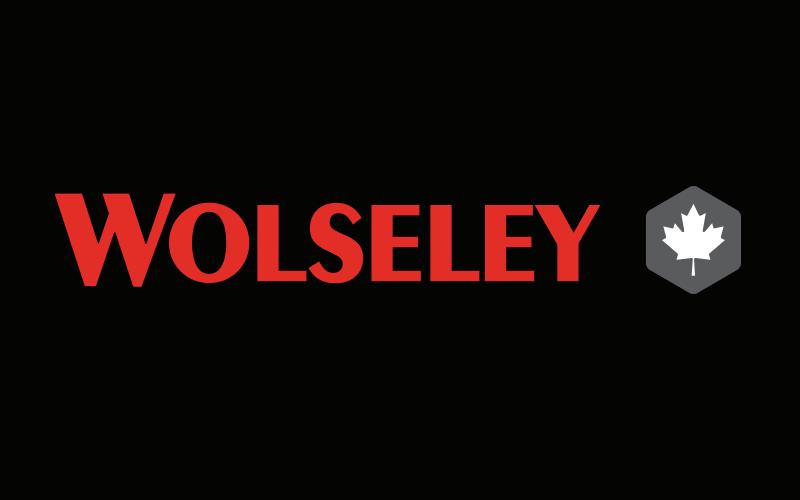
2 minute read
n Refrigeration
from Jan/Feb 2023
Continued from page “35” ammonia refrigeration plant with a capacity in the 1,000s of tons of refrigeration (TR) is massively different than your restaurant walk-in cooler that might be a ton or two at most. The refrigeration cycle is based on the same scientific principles, but the technology used to achieve the refrigeration can be very different and the skill set required to design and service the systems are different. Industrial is not necessarily better than commercial, but they are different.
This difference has resulted in a divergence over time that has caused a bit of a split in the industry. Are you an industrial refrigeration mechanic or a commercial refrigeration mechanic? Having done both to some extent (you could maybe call me a com-dustrial refrigeration mechanic but please don’t) and having spent years designing and analyzing industrial systems and large or missioncritical commercial systems, I can tell you that there is an application suited to most types of equipment and no magic bullets.
While there is, of course, no clear line between commercial and industrial, and there has never been, certain parameters can lead to a better understanding of the landscape.
Refrigeration capacity
As was already mentioned, the size of refrigeration systems can vary by several orders of magnitude. It is true that you could do a large amount of refrigeration with a whole lot of small units — this is sometimes done. This type of solution definitely improves redundancy as one or two system failures don’t have a large effect on system capacity, but it can get silly. I have seen warehouses with more than 20 condensing units and evaporator pairs installed. Another common challenge is maintenance. It’s hard to notice industrial solution. There are many reasons for this, but as an example, large and rapid temperature changes can easily damage less robust components and large and rapid load changes often require the ability to mitigate system upsets and manage high liquid flood-back. You tend to see more industrial equipment in more demanding environments.
Lifespan
when one of the systems isn’t working well. Conversely, it would make no sense to put an open drive reciprocating industrial compressor on a one TR walk-in cooler as the cost would be astronomical.
Applications
Another place you see the difference between industrial and commercial equipment is application. Some applications, like product freezing, can be extremely demanding on equipment and are more suited to an
Many restaurants and grocery stores turn over their refrigeration every 15 to 20 years or less, while a large industrial production facility may be intended to last 40-plus years. This extended lifecycle leads to a willingness to invest in equipment that is more robust and will last longer. Of course, this is not to say that industrial equipment doesn’t fail, but it is typically designed to be overhauled and repaired repeatedly. It is not abnormal to see a well-maintained industrial plant installed in the 1990s still running today as if it’s almost new.
This lifespan is also why you see a
Continued on page “39”
























